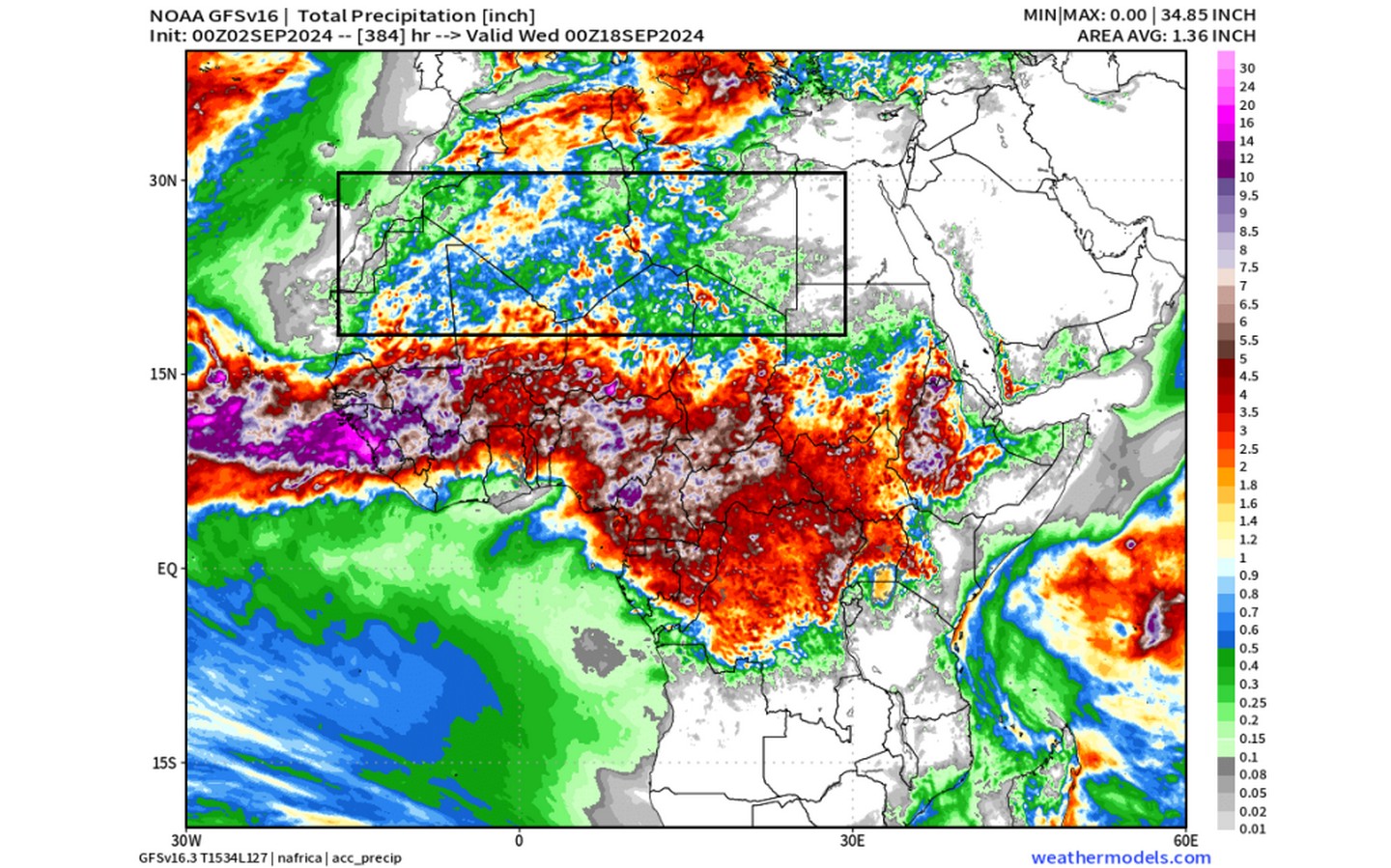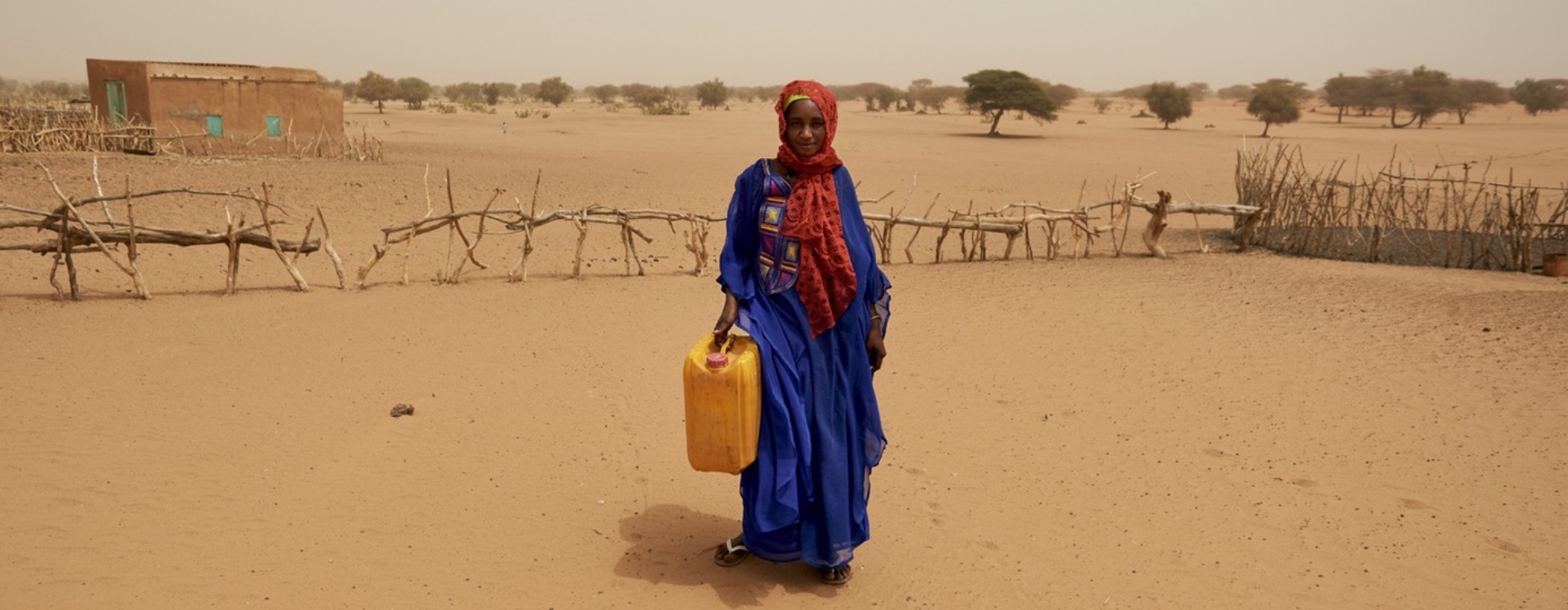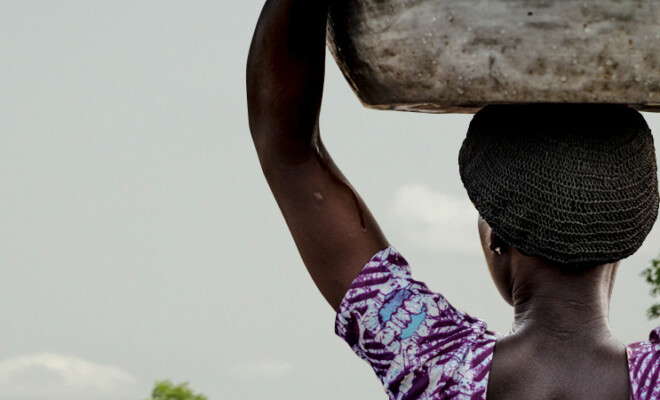In early September, farmers in Burkina Faso were harvesting millet and sorghum when they were surprised by intense rainfall. The precipitation lasted until mid-month. The violent rain, arriving just as the wet season was ending, damaged much of the harvested grain. The most affected were small subsistence farmers who lacked adequate granaries to protect their crops.
Yields had already been mediocre due to August floods, which had inundated many fields. Many areas in the western Sahel have faced a similar situation. In southern Mali, Mauritania, Chad, northern Nigeria, and southwestern Niger, this summer’s floods have caused more than a thousand casualties, submerged numerous crops, and destroyed transportation infrastructure. The extent of destroyed farmland has been alarming. In Mali, over 113,000 hectares of crops were flooded, while in Nigeria, this figure exceeds 204,000 hectares.

The rains have provided some relief for Sahelian herders. Zebu cattle, sheep, goats, and camels have benefited from the abundance of pastures, allowing the herds to prosper. © Firefly
However, the rains have provided some relief for Sahelian herders. Zebu cattle, sheep, goats, and camels have benefited from the abundance of pastures, allowing the herds to prosper. Nonetheless, the FAO and the African Union have consistently warned of the importance of not disrupting seasonal transhumance patterns, as interruptions, even in years of abundant rains, could destabilize local ecosystems, as has historically occurred.

The forecast generated on September 2 for total precipitation until the 16th in Africa has been accurately fulfilled. The rain anomaly can be seen reaching into the Sahara Desert. @ NOAA GFS
It is Necessary to Avoid the Decoupling Between the Dry North and the Humid South
The first time these bad practices emerged was in the 1960s when a period of abundant rainfall in the semi-arid northern Sahel filled the water wells and led to a return of herders and farmers who, during the colonial era, had migrated south in search of moisture. The governments of that time—Mali, Burkina Faso, Senegal, Chad, and Nigeria, all recently independent—sought to maximize economic returns as quickly as possible, encouraging a return to the north. This policy caused an increase in water stress, which did not turn into scarcity until a new cycle of severe drought occurred between 1968 and 1974. Overpopulated herds made pasturing impossible, leading herders to lose most of their animals. Crops dwindled, wells dried up quickly, and a large-scale famine ensued.
After another wet cycle, the mistakes were repeated, and by the early 1980s, hunger returned, exacerbated by the fact that the aridity degraded the soil once again. Ecologists, who by then had gained significant influence in the developing natural capital economy, explained that there had been a decoupling between the northern and southern systems: overexploitation during periods of water abundance worsened the ecological balance, with highly negative consequences for those who live directly off the land.
The Humid Belt of the Equator, Further North Than Usual
In countries like Chad, Burkina Faso, Mali, and Niger, the average annual rainfall is about 25 litres of water. However, this September, rainfall episodes multiplied these quantities by five, and in some areas, a year’s worth of rain fell in just one day. Rain also moved into the interior of the Sahara Desert, where it hadn’t rained in over 30 years.
Meteorologists explain that this phenomenon diverges from typical climatic cycles and falls within the increasingly frequent anomalies caused by climate change. The exceptional aspect of this case is the far northern shift of the Intertropical Convergence Zone (ITCZ), a belt around the equator where warm, humid winds (trade winds) from the north and south meet. This convergence generates the heavy rains that characterize the equatorial climate. The ITCZ moves north and south with the seasons—southward between December and January and northward, near the Sahel, between June and August.
The ITCZ, therefore, affects the climate and agriculture in some of the most densely populated areas. It is estimated that around 1.2 billion people depend on the rainfall generated by the ITCZ, primarily in rural areas dedicated to agriculture and livestock in Africa, Central and South America, and those dependent on the Asian monsoon, which is also directly influenced by the ITCZ. The African Union estimates that around 230 million people depend on rain-fed crops requiring the ITCZ-driven rains in the Sahel and the Horn of Africa.
Science Will Save More Lives
How can we predict the ITCZ’s movements? Scientists are working with increasingly variable data. Between late March and early April, western Africa experienced a heatwave with temperatures exceeding 45ºC in many locations, consistent with IPCC forecasts stating that the Sahara Desert, the Sahel, and the Horn of Africa are warming faster than equatorial Africa. Climatologists are considering the hypothesis that the climate pattern in these areas will become erratic, complicating adaptation for farmers and herders and generating conditions that further decouple ecological systems.
What is certain is the connection between these anomalies and global warming. The IPCC’s Sixth Assessment Report (AR6) cites studies that indicate atmospheric and oceanic warming is affecting the atmospheric dynamics that determine the position of the ITCZ. It’s undeniable that the Earth’s seas are warming continuously. Temperature anomalies in the Atlantic and Mediterranean last August undoubtedly influenced the ITCZ’s shift; what remains unknown is to what extent. Another factor scientists are evaluating is the unexpected decrease in cyclonic activity in the Atlantic. This year, more hurricanes than usual were expected, but this had not been the case by September.
Climate change forces us to constantly reassess the algorithms underpinning weather forecasting models. Each anomaly compels scientists to introduce new variables in an endless spiral. The inherent uncertainty of many complex climatic phenomena, such as polar ice melt and the interruption of ocean currents, has increased. This situation requires models to be continuously updated, complicating climate projections.
Science needs investment in forecasting and early warning systems. In many tropical regions, surface data is scarce, and reliance on satellites has provided a significant advance in feeding predictive models. The more we know, the better we can forecast; many lives will be saved and famines avoided.

The inherent uncertainty of many complex climatic phenomena, such as polar ice melt and the interruption of ocean currents, has increased. © freepik





